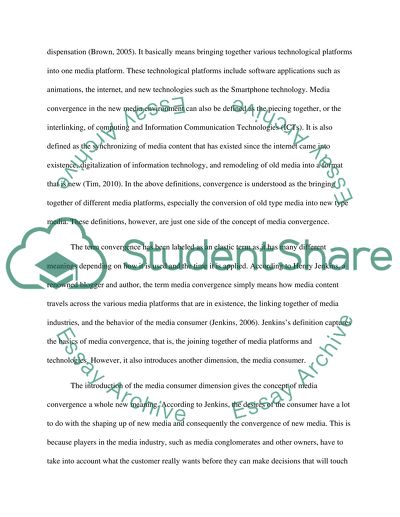Cite this document
(“Digital Media - Critical Perspectives Essay Example | Topics and Well Written Essays - 5000 words”, n.d.)
Retrieved from https://studentshare.org/journalism-communication/1693205-digital-media-critical-perspectives
Retrieved from https://studentshare.org/journalism-communication/1693205-digital-media-critical-perspectives
(Digital Media - Critical Perspectives Essay Example | Topics and Well Written Essays - 5000 Words)
https://studentshare.org/journalism-communication/1693205-digital-media-critical-perspectives.
https://studentshare.org/journalism-communication/1693205-digital-media-critical-perspectives.
“Digital Media - Critical Perspectives Essay Example | Topics and Well Written Essays - 5000 Words”, n.d. https://studentshare.org/journalism-communication/1693205-digital-media-critical-perspectives.


